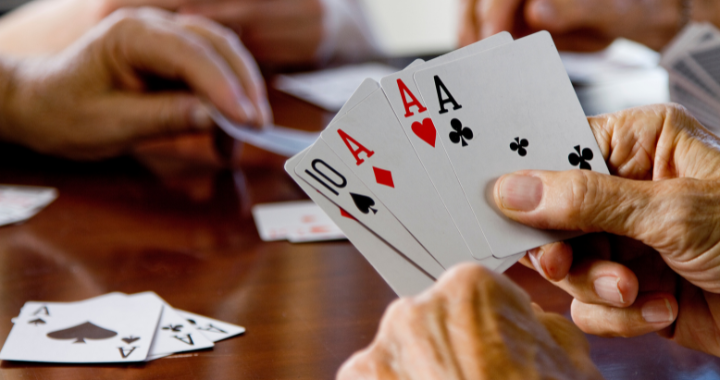Diamonds are forever but so are clubs, hearts, and spades….
The playing of cards must be one of the few things in the world that everyone can connect with – you don’t need to be a poker champion, or go to a casino every night of the week to know what a playing card is, and most likely you know the rules to one or two games, whether that is Blackjack, Gin Rummy, or even just Patience – it’s all part of the same breed of games that utilises one key item a 52 card pack (or deck) of cards. What other pastime can you say that about?
The History
The definition of a playing card, as we know it is a form of card or paper however the first form of ‘cards’ were a completely different kettle of fish. During the Tang dynasty (618-907AD) emerged a game that involved using wooden markers, that were more similar to what we know as dominoes – following the growth of the different games that were played with these cards, they spread around Asia, Persia and further afield.
The first ‘decks’ of card that we can probably identify as looking like a modern pack emerged in Egypt in the 13th century, these were the first to identify what we would refer to as ‘suits’ such as coins, sticks, swords and other such things. Within a century, the popularity of cards and the variation on the games had spread and throughout Europe each country had its own cards and games, with the Latin countries favouring the traditional suits, whereas Germany incorporated Hearts, Bells, Acorns, and Leaves.
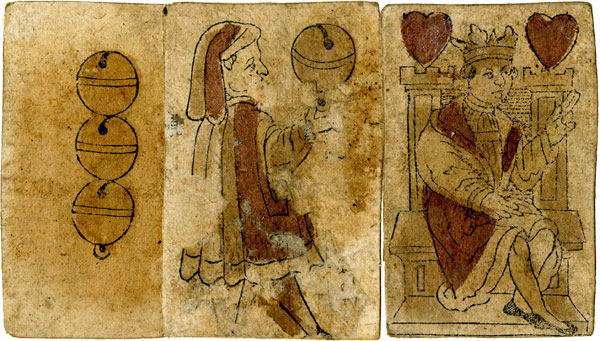
The French created a system using Hearts, Diamonds, Clubs, and Spades which quickly became the universal standard in the 15th century and is still widely recognised as the modern format of playing cards used to this day.
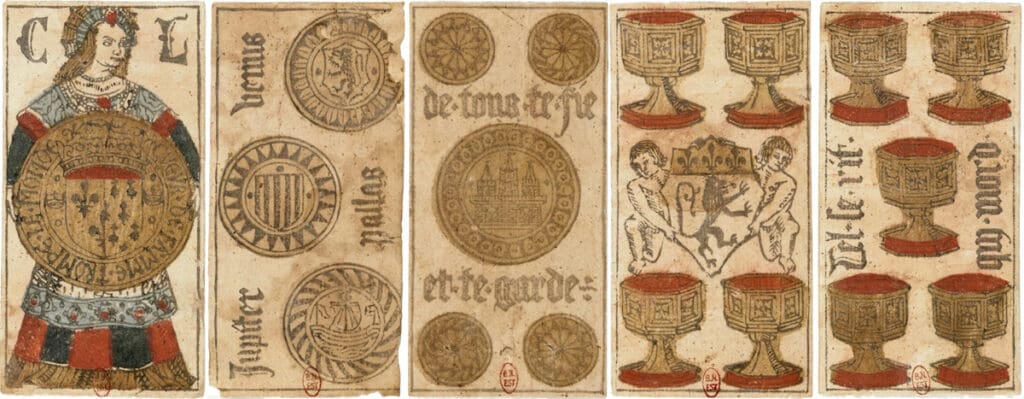
Throughout the following few centuries other refinements took place, for example the printed numerals in each corner was a necessity in gambling games, enabling a player to see their card without having to hold the entirety of it in front of them, causing issues with cheating.
Another potential issue was the marking of cards, with paper and card still being an expensive product to create, there quickly became an issue because of the nature of the material as every card was either easy to mark or accidently spoil, with either wine, beer or just general dirt from the 17th and 18th century gambling dens and pubs, which meant that packs of cards were used up very quickly and discarded, which is why you will see the backs of many individual cards used for other purposes, with artists of the period using them as sketch pads.
In the last few hundred years playing cards have changed little, with a pack from 300 years ago still being completely recognisable, and one from 100 years ago being virtually identical.
The Market for Collectible Cards
When we look at values, there are two specific markets – the antique and the collectible – with the latter being modern cards that may have been used for a certain event or by a certain person, or even in a certain film. As with most items of this nature, condition is paramount.
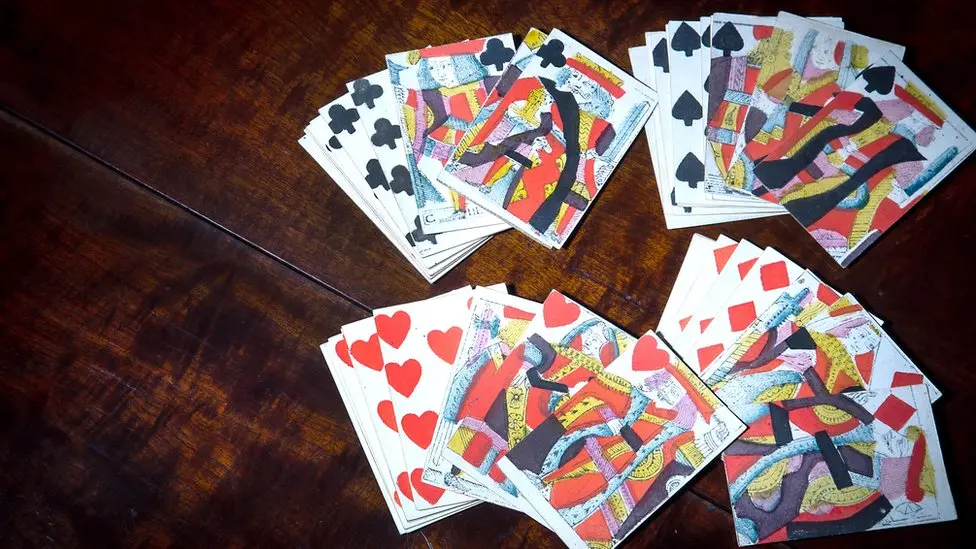
Back in 2023, a pack of 17th Century English cards were sold by a provincial auction house that belonged to MP Jeffery Amherst of Riverhead in Kent, these were left with a note detailing the fact that these were used by King Charles II and Queen Catherine, which is quite a bold statement, but following research, it is very likely to be true. Whilst these cards sold at auction for £10,700 – it wouldn’t be unreasonable for them to achieve three of four times that, possibly even £50,000 to the right buyer in a private sale.
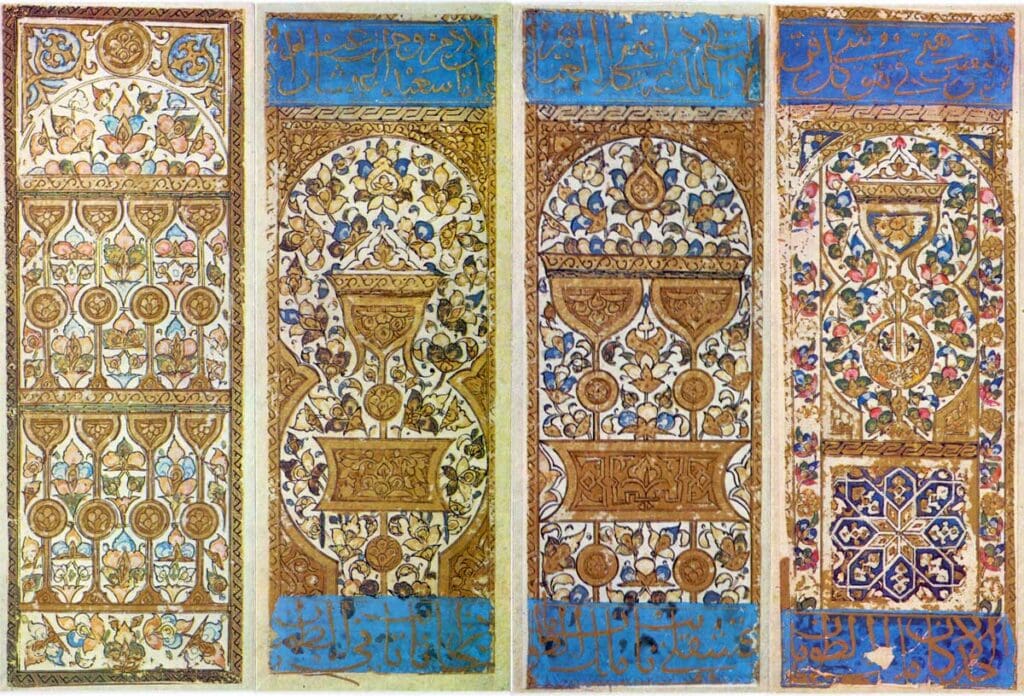
When we look at the Mamluk cards of the 15th and 16th century, what is very clear to see is just how decorative they really – all hand painted and with gilt floriate and scroll work, cards such as the ones illustrated have sold for well in excess of £10,000, with insurable values being considerably more, ranging from £20,000 – £30,000.
As discussed earlier, The French were the forerunners in establishing a universal playing card and so any part of that history is incredibly valuable to card collectors, with early sets making well into five figures with more decorative cards, or complete sheets (uncut cards) making even more.
So, whilst collecting anything for profit is always a bit of a gamble – with playing cards, you can be sure that you are collecting an item that constitutes not only one of the world’s oldest games, but the fabric of many of the world’s oldest and most important pastimes.
Alastair has been involved in the antiques industry for over 20 years as an auctioneer and valuer. Alastair has a particularly broad knowledge with interests and passions to include the following specialities; militaria, watches, automobilia, rock and pop, posters, comics books, and musical instruments.
- Alastair Meiklejon#molongui-disabled-link
- Alastair Meiklejon#molongui-disabled-link
- Alastair Meiklejon#molongui-disabled-link
- Alastair Meiklejon#molongui-disabled-link






